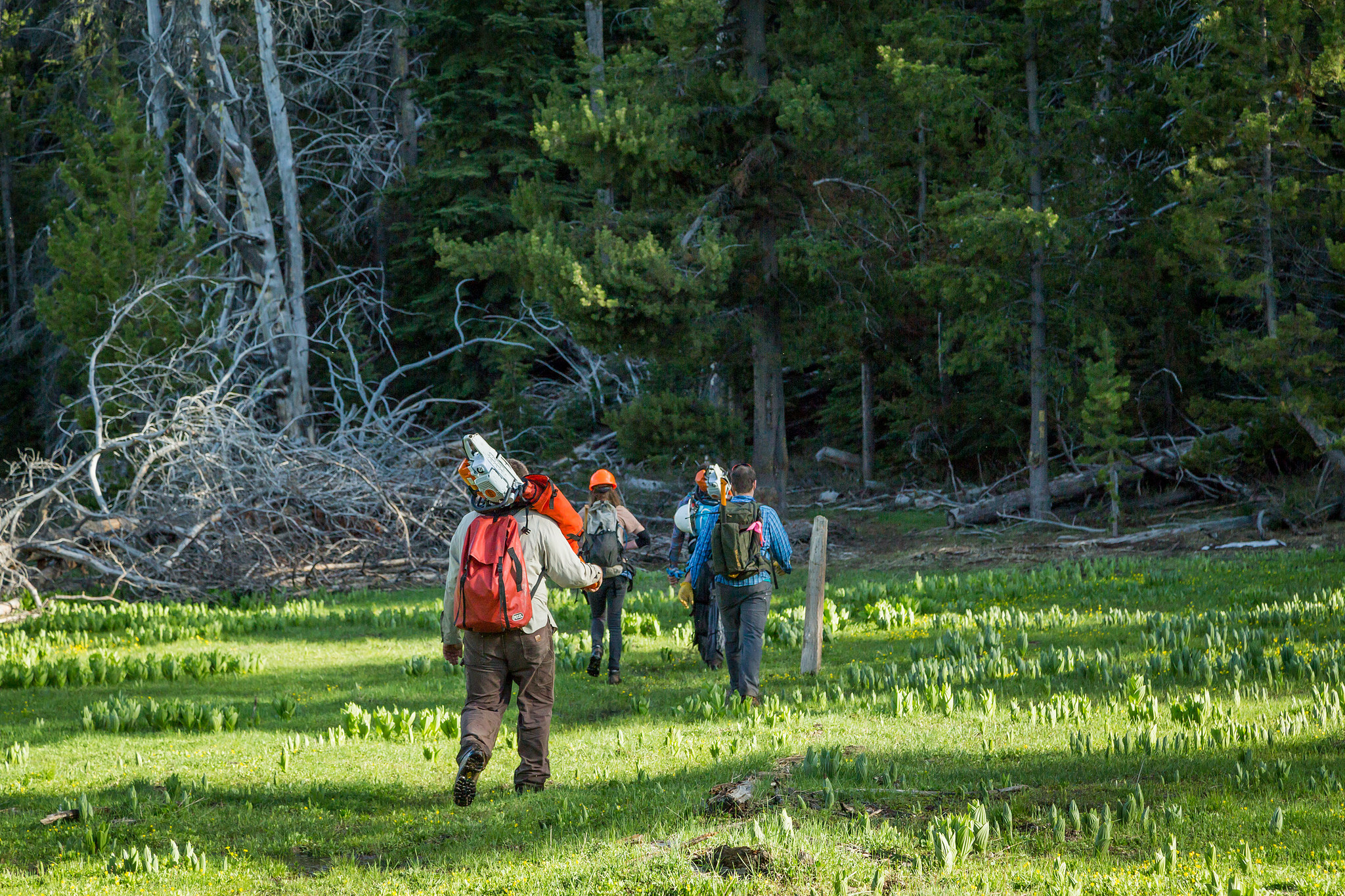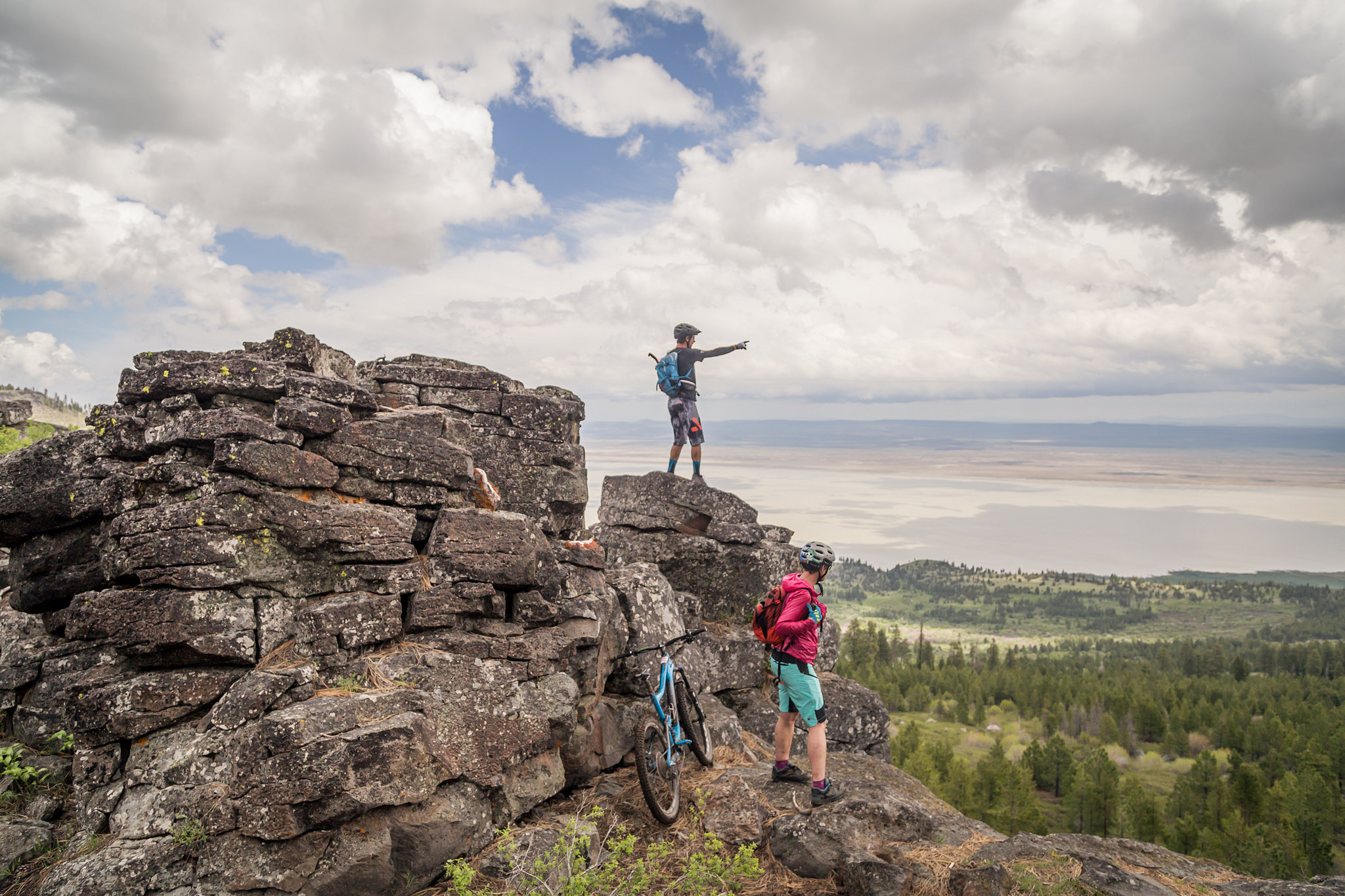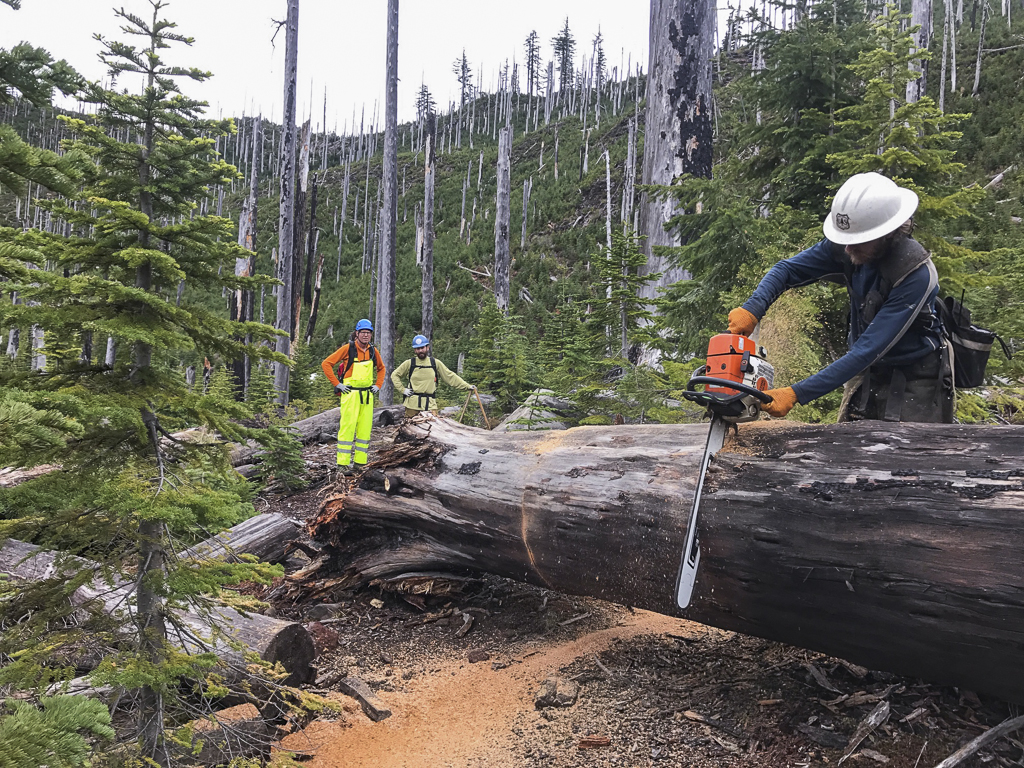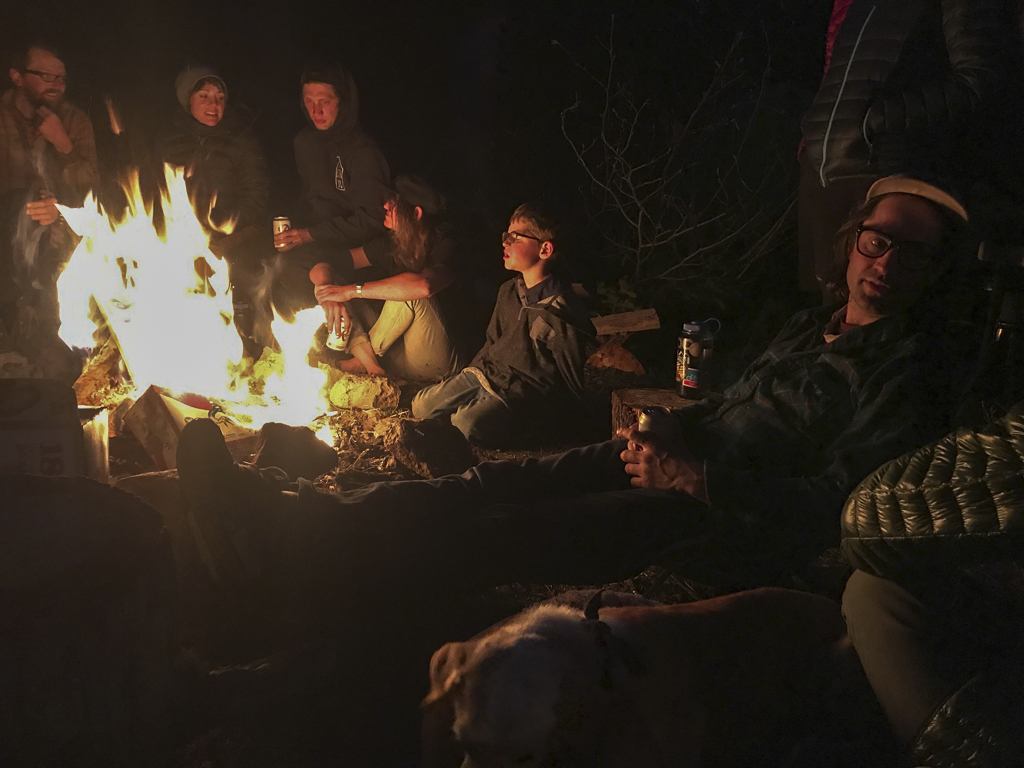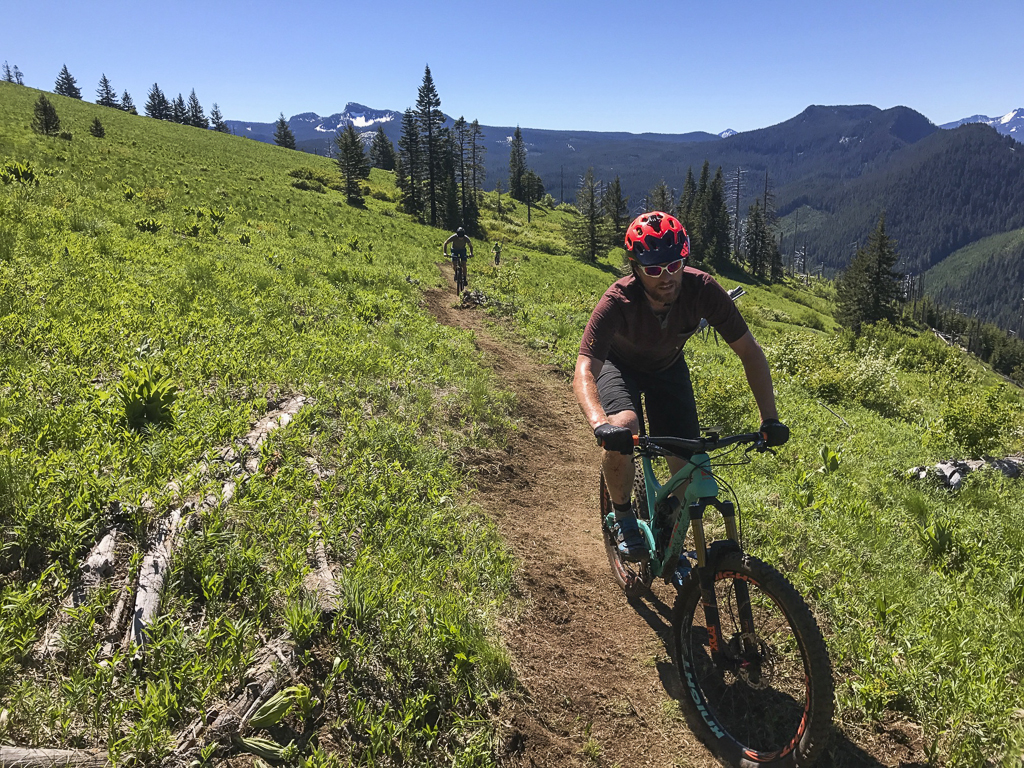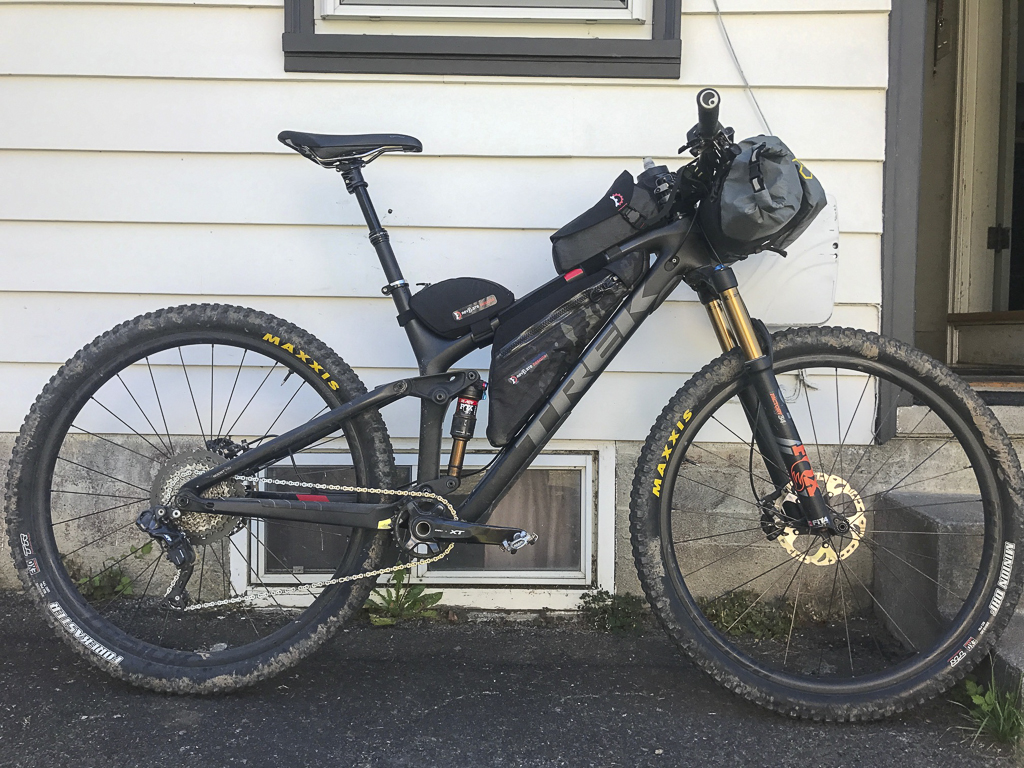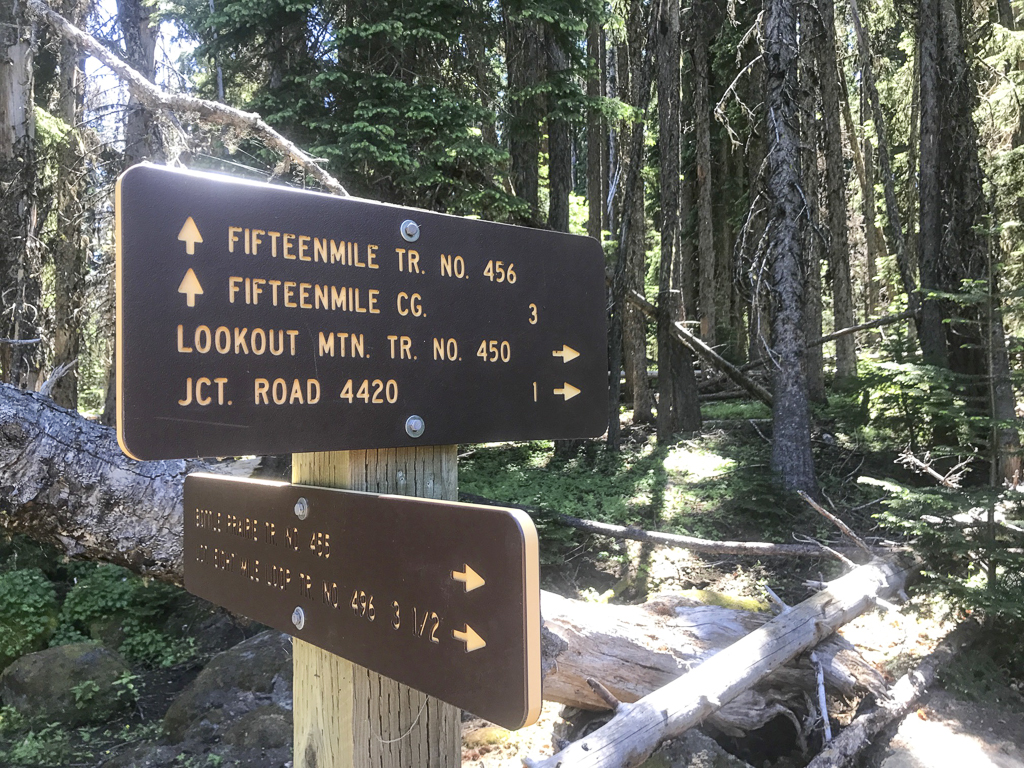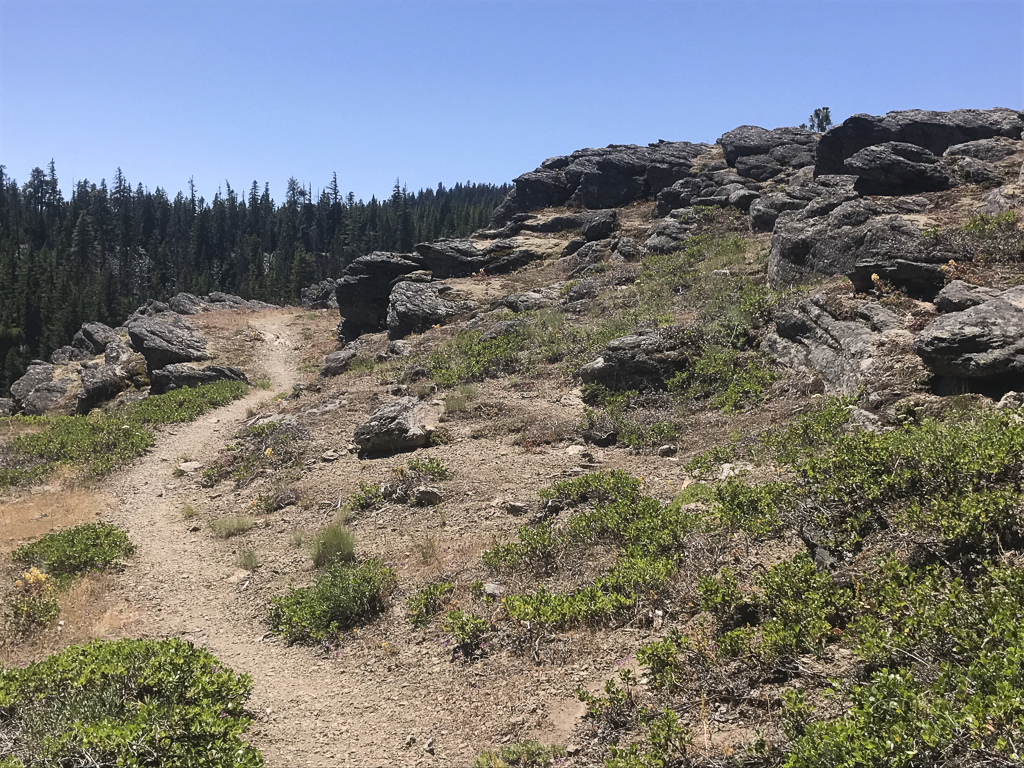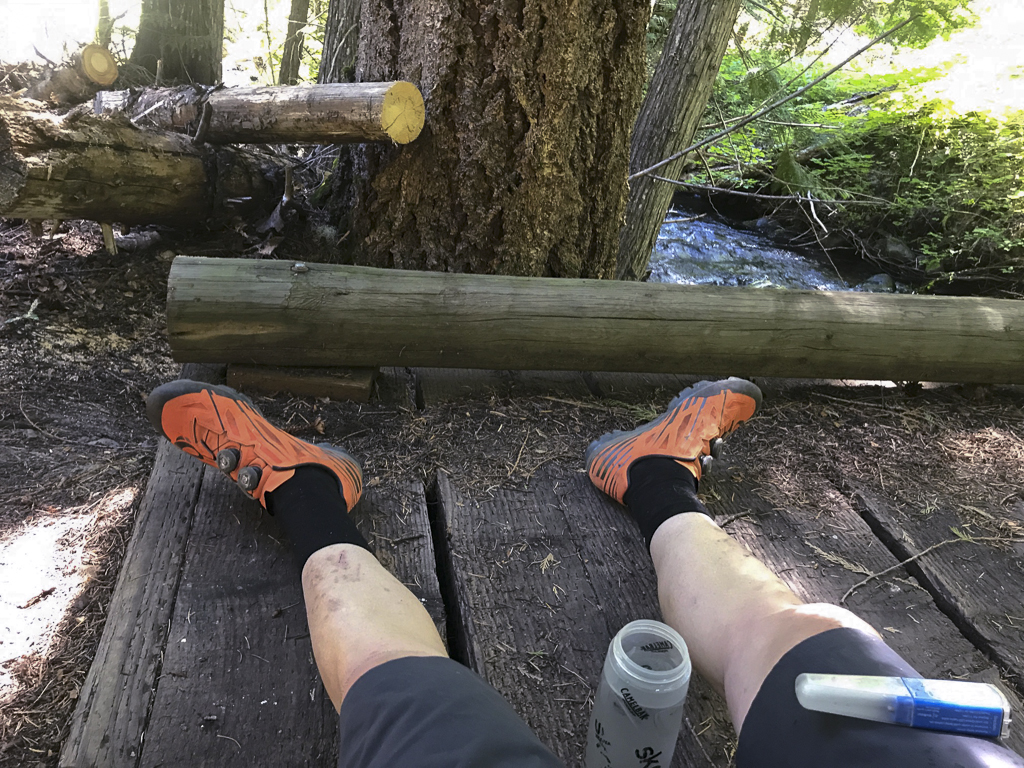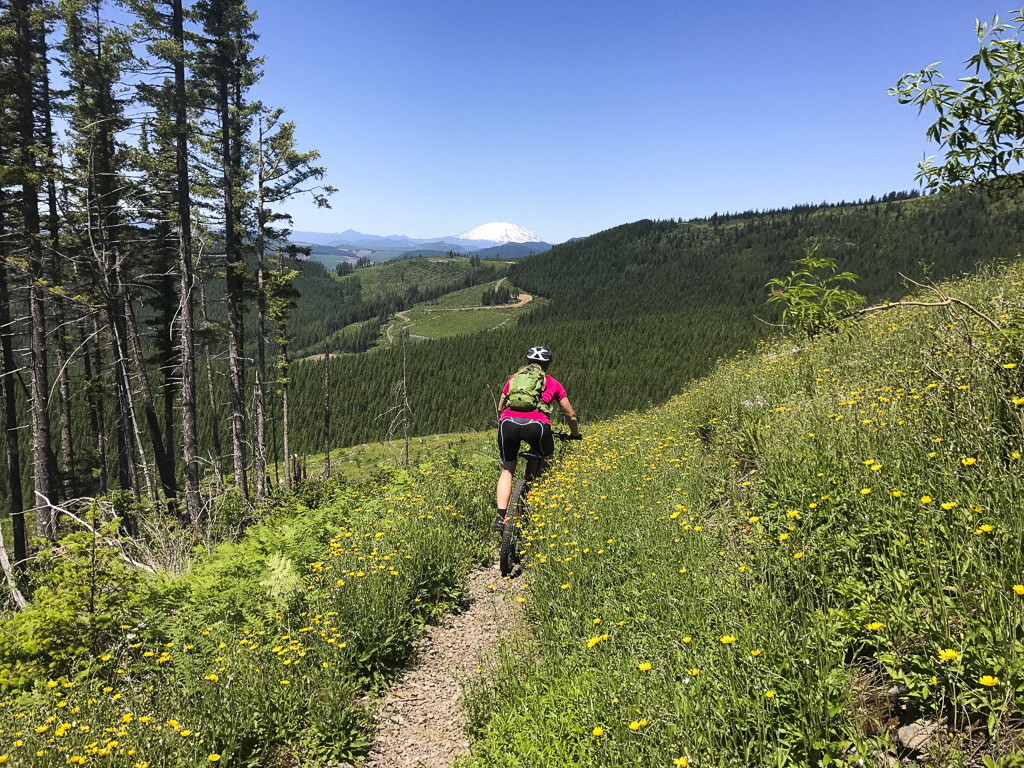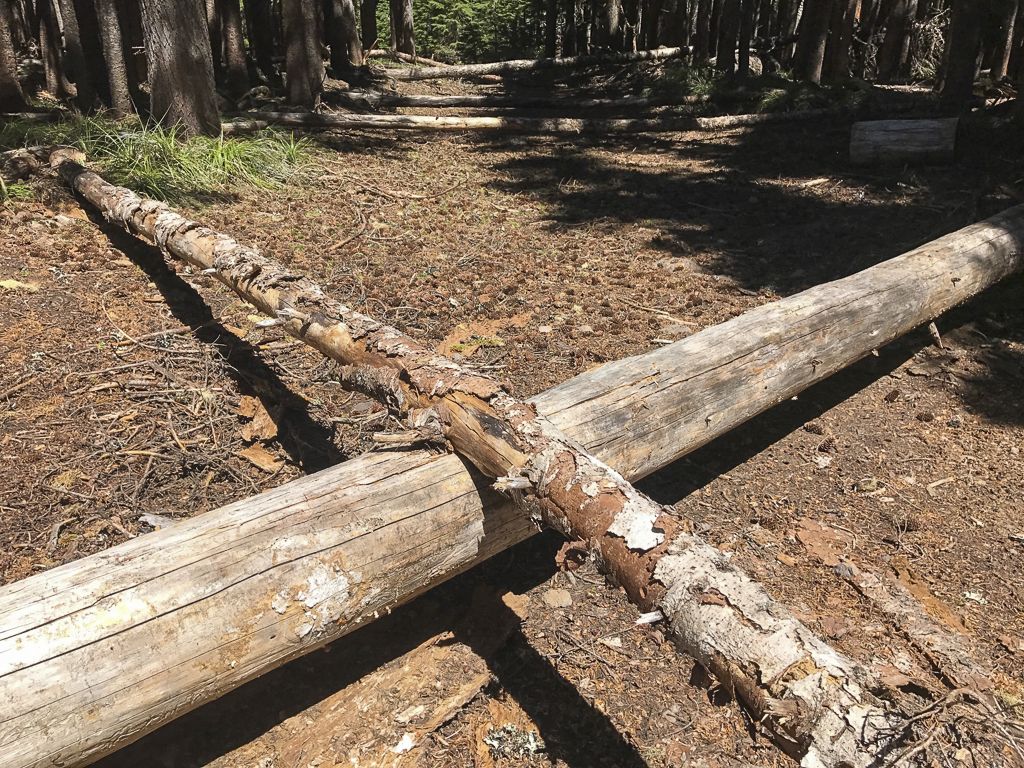Do The Work
If you’ve been following along, you may know that this year we’ve been putting a lot of work towards getting the Oregon Timber Trail up and running. If you’re not familiar, spend some time on their site
Beyond that we can tell you that it’s a new concept based on connecting old, and sometimes hardly used trails in the backcountry of Oregon. Approximately 670 miles worth! Much of the route is remote and to be traveled at any decent speed, requires quite a bit of clearing and maintenance. For those familiar with bikepacking, dealing with blowdown and finding your way through the backcountry is part of the game, but this route is being advertised by Travel Oregon and the theory is to make a route accessible to all. Not everyone will do the entirety of the trail. Many folks will only have time or the desire to do small loops in one or two particular areas. So, while the Timber Trail will still be a wild backcountry experience, we would like it to be accessible to more than just the hardened endurance racer.Along those lines, Oregon Timber Trail organized Trail Party weekends. So far, we’ve attended the two they’ve held. Party #1 was in the Fremont National Forest. While the 6 hour (one way) drive was a bit daunting, the company and the gorgeous scenery made us glad we made the trip. Several trail crews split up and worked 3 hard days to eventually clear 27 miles of trail. We camped at the Chewaucan River – riders heading South to North will climb from the river up to Winter Ridge. I was only able to do one day of this trail party, but was amazed what our crew, led by Alan Grubb, was able to accomplish in a day. It was all beetle kill lodge pole pine, that just lay in every direction across the trail. It was slow progress, but the feeling of accomplishment was real when we hiked out and saw what we had done.
If you’re interested in heading out to the Fremont National Forest (you should!) and doing a ride to sample our handiwork and get a tast of the Timber Trail, this is their recommendation: https://ridewithgps.com/routes/21910025 - a 16.8 mile ride from Winter Rim to Bear Creek.
The Bunchgrass trail work party was an epic. 30 fantastic volunteers materialized at camp and hour outside of Oakridge, perhaps closer to Waldo lake than Oakridge proper. Over 3 days we used our sawyer skills to cut out blowdown, wielded Mcleods to reestablish trail was barely there and improved tread in the bowl. There is never enough time to do everything that needs to be done, but I was blown away by how much our group was able to do over three days. Sunday we rode from camp and got to sample our work. It's still rough - there is no way to compare this rugged trail to the trails you ride every weekend, but it's jaw-droppingly beautiful and wild and should be experienced!
If you’d like to ride Bunchgrass post-trailwork, Here is the suggested route: https://ridewithgps.com/routes/22306305 Bunchgrass is as good as it’s been in years. Don’t worry though, it’s still rugged, it’s still just over 3000 feet of climbing (but over 7000 feet of descending) It’s an all day sucker and you’ve got to figure out a shuttle, but it should be an unforgettable ride. Interesting note: Timber Trail riders going South to North will do the route in reverse, so a pretty big uphill slog. But I can tell you that the views are well worth it.
Bike Update
My Timber Trail bike has been riding great. It climbs like a champ and descends with confidence. Our practice rides have been going well. Highlights include Tarbell Trail in Washington, 15Mile Trail + 5Mile Butte, Surveyor’s Ridge + Dog River, Waucoma Ridge and a section of Bunchgrass Trail after our trail work.
I’ve got the bike all loaded up with bags now. Revelate provided the custom frame bag, which has been brilliant to help get pack weight off my back. I have all my flat fixing tools, Orange Seal sealant, and spare tube in a “Jerrycan” My food for the day goes in a “Mag-Tank” which sits on the top tube and straps to the stem. That bag has been brilliant. I’m loving the one-handed operation! It’s a big improvement over the Gas Tank. So far, I’ve just been keeping a single 24 ounce bottle with hydration mix in a Mountain Feedbag. I’ve been using the SteriPen Pure+ to fill up from streams and that has worked perfectly. I realize I’ll need to carry more than 24 ounces for certain stretches of the Timber Trail, so for those sections I’ll probably put extra water in a backpack – most likely the Osprey Escapist 20, which has become my go-to riding pack. If the weather turns cold or rainy, my thinking is that I can carry a warm layer and outerwear in my pika seatbag. I’ve been using the Wolf Tooth Valais 25 on my dropper post, and while you lose some capacity on the dropper it’s still plenty of drop to get the seat out of the way on more technical descents.
The XT Di2 has been shifting flawlessly. The only issue we’ve had is the rear derailleur cable being pulled out of its socket by a particularly overgrown section on our Waucoma Ridge ride. So, our solution will be to reinforce that cable with some heat shrink tubing and to make sure it’s tucked up against the rear triangle as much as possible.
The Knight Trail wheels have been flawless as well. They’re much more supple than the Enve AM wheels I was riding on my last bike. We love that Knight is based in Bend, OR - definitely check out their manufacturing story. Also keep an eye on their 29 Enduro wheel that is being released on July 15. For larger riders, or those running larger tires (they can handle a 2.5” tire) this would be a great wheelset that will be able to handle a huge variety of terrain. The big story with the Knight wheels is their use of EPS molding – “As the sole rim manufacturer implementing this cutting edge technique within our manufacturing process, combined with our aerospace-grade Toray carbon fiber, used in Boeing’s 777 aircraft and many others; Knight Wheels can offer a lighter weight, stronger, more reliable and precisely constructed rim.” If you’re in the market for upgrade wheels, give Knight a look. They’re awesome.
I’ve been happy with my tire choice so far. I’ve been running a Maxxis Minion DHF 2.3 on front and a Forekaster 2.3 on back. They’ve been grippy and plenty fast. Trails are drying out quickly, so I’ll swap the rear tire out to an Ikon for the big ride. The big ride – we’re setting out on July 22 for two weeks and the goal is to ride the Southern sections and get to Sisters by August 6th. We’re not racing it. We’re riding, taking notes, taking photos and experiencing the trail. Our Fremont and Bunchgrass trail work parties have already shown us how intense and demanding the trail will be in parts.


